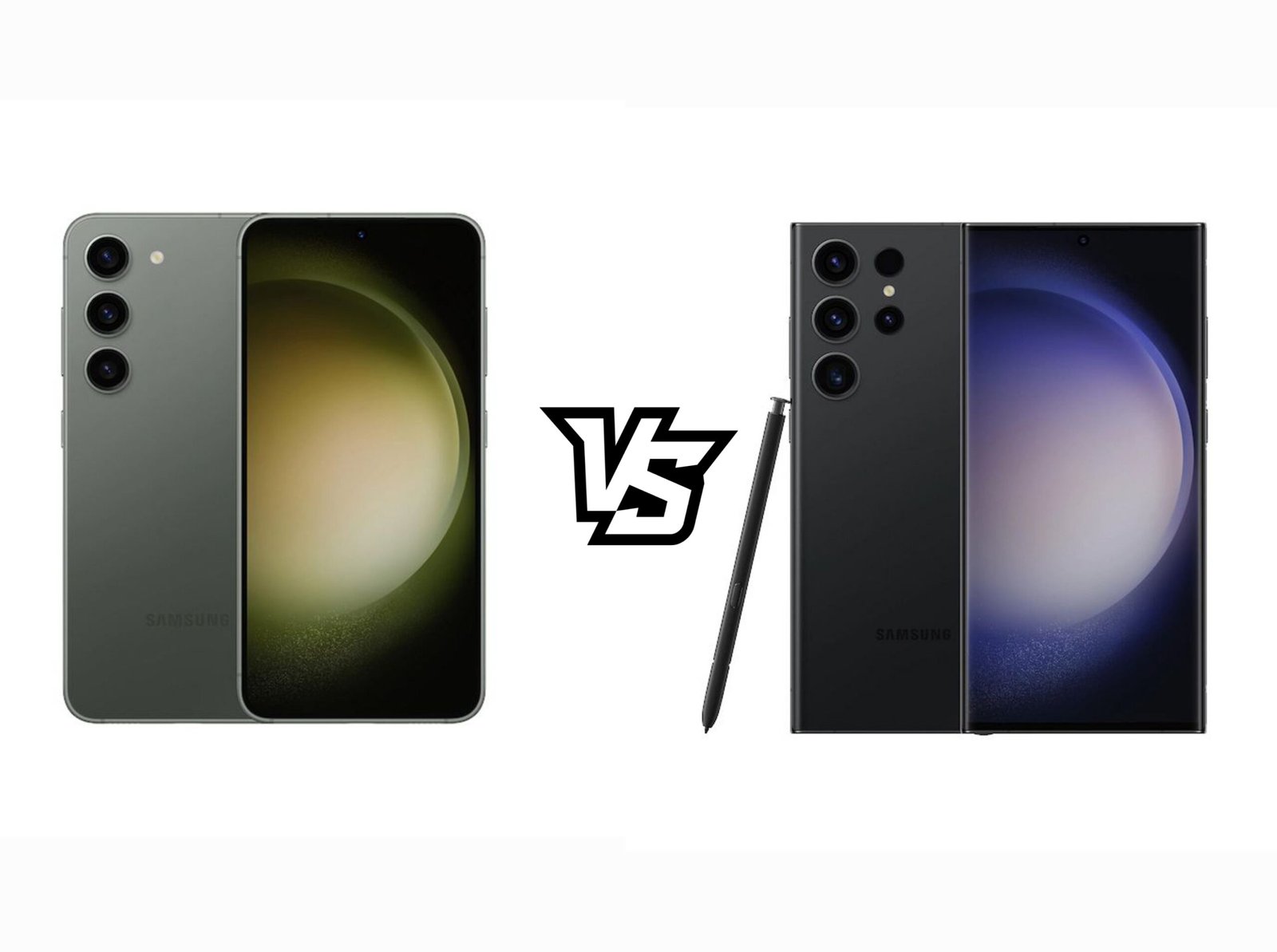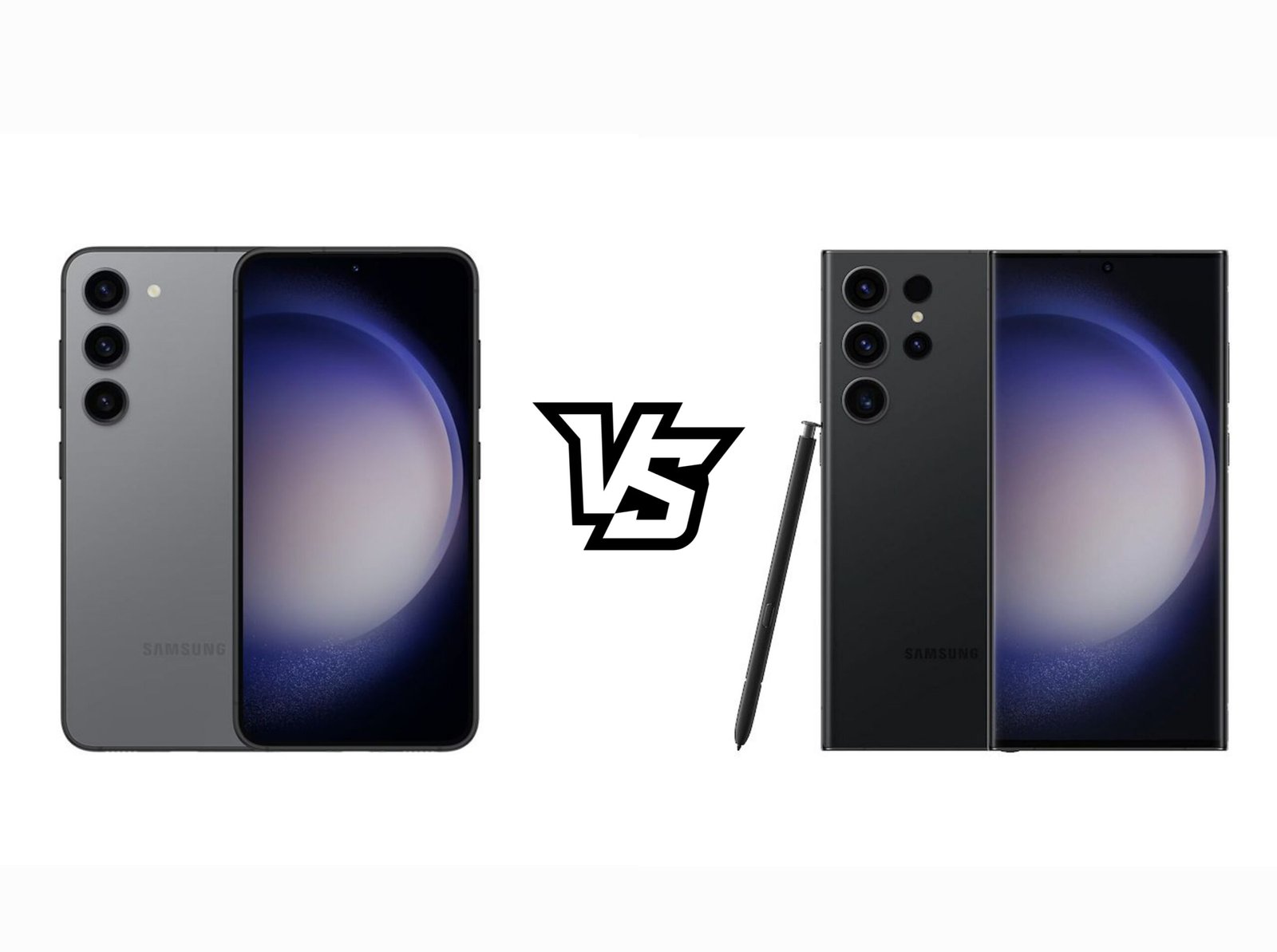Have you noticed how small phones are becoming rare in today’s smartphone world? It seems like now is the time to say goodbye to the small flagship phone.
Not long ago, phones were much smaller. They started with four-inch screens, then quickly grew to five-inch screens, and then six-inch screens became popular. Although seven-inch phones never became mainstream, most flagship phones now hover around that size.
It’s funny how smartphone makers keep realizing that screens are getting bigger. But there’s still a niche for smaller phones to fit underneath the big ones. Companies like Samsung and Apple used to make mini versions of their flagship phones, but they don’t anymore.
There was one standout small flagship phone left: the Asus Zenfone 9. It was nearly perfect with top-notch specs, great performance, long battery life, and solid cameras. The Zenfone 10 improved upon it in 2023 with better materials, wireless charging, and upgraded chips.
But in 2024, Asus released a huge 6.8-inch phone, joining the trend of larger devices. This move wasn’t unexpected, considering how small flagships rarely last long. The iPhone 12 Mini faced a similar fate. Despite positive reviews, it didn’t sell well, leading to its discontinuation after just two years. The iPhone 13 Mini didn’t fare any better.
The failure of the Mini iPhone experiment showed that not enough people buy small phones to justify the research and development costs. Even positive reviews couldn’t save it. Now, with the Zenfone 11 Ultra, Asus has made a good large flagship phone, but it’s lost the charm of being small and easily manageable.
In the ever-growing smartphone world, small phones are disappearing. Even budget phones are getting bigger. The future of small flagship phones looks bleak. RIP, the small flagship phone.




